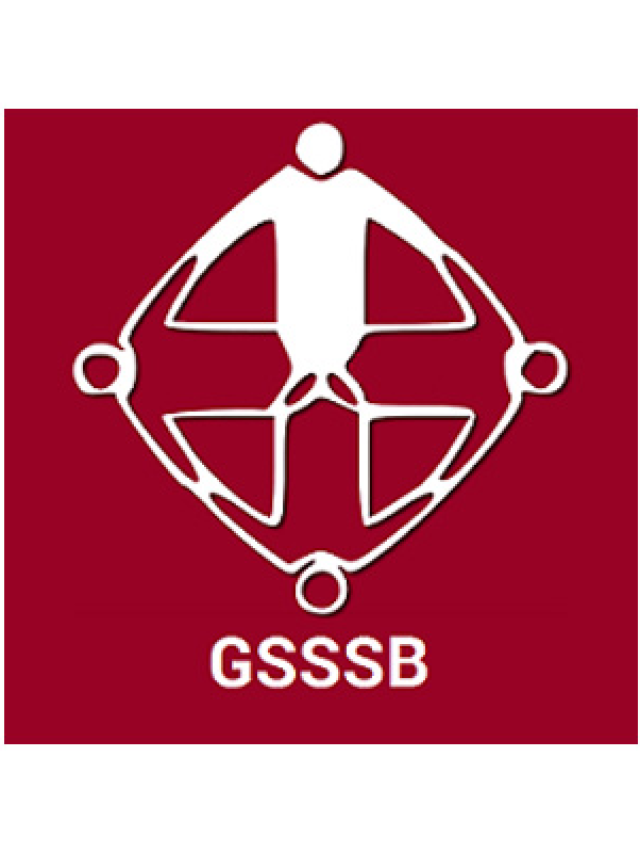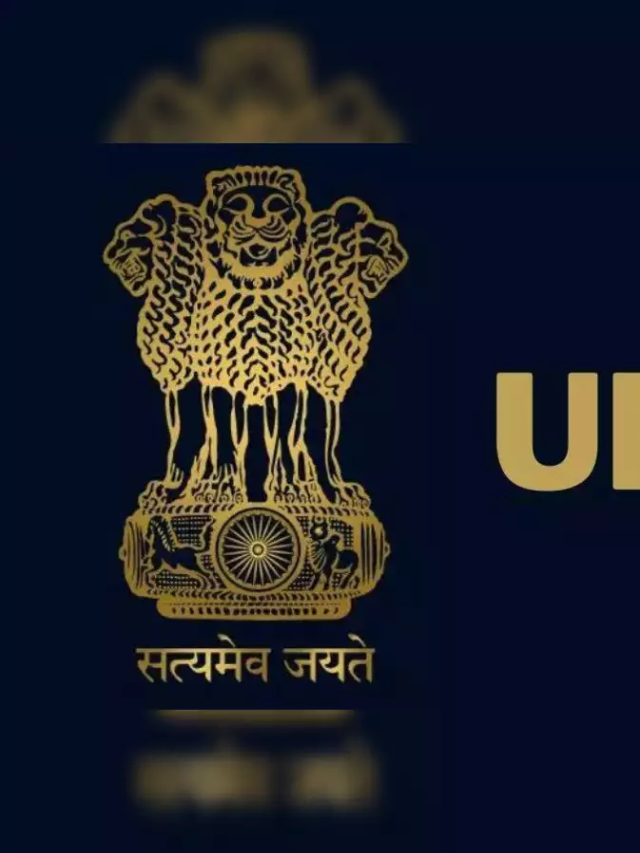Exercises Page No 52
1. In situations with high risks, credit might create further problems for the borrower. Explain.
Answer: In situations with high risks, credit might create further problems for the borrower. Credit involves a certain amount of loan that is taken by a borrower from a lender at a high-interest rate. In case there is a failure, and the borrower faces loss, then he further falls in the trap of credit. This is known as a debt trap. The borrower has to repay the credit along with interest applied by the lender, and he further falls into the trap of credit, increasing the problems for the borrower. The borrower also has to sell a part of his or her land to repay the loan.
2. How does money solve the problem of double coincidence of wants? Explain with an example of your own.
Answer: ‘Double coincidence of wants’ is when whatever a person desires to sell is exactly what the other wishes to buy. In a barter system where goods are directly exchanged without the use of money, double coincidence of wants is an essential feature. Money solved the problem of double coincidence of wants because after the introduction of money, people could use money as an intermediate to buy or sell things and no specific buyer or seller was required for interchanging of products. For example, a trader wishes to sell 10 sacks full of rice and expects to get it in exchange for five sacks of cereal. To find a suitable buyer to sell the sacks of rice in exchange for cereals would be very tough. However, the money will solve this problem, and the trader can sell the sacks of rice to someone who needs it and in return, buy cereals from the money he gets from the buyer of rice.
3. How do banks mediate between those who have surplus money and those who need money?
Answer: Banks mediate between those who have surplus funds (the depositors) and those who are in need of funds (the borrowers) by lending money to people who are in need. People can open accounts in banks and banks make use of that money to fulfil the loan requirements of the people. A higher interest rate is charged for the borrower and that profit is given to the depositor as interest for offering deposits.
4. Look at a 10 rupee note. What is written on top? Can you explain this statement?
Answer: “Reserve Bank of India” and “Guaranteed by the Central Government” is written on the top of a 10 rupee note. Currency in India is issued by the central bank of the country, in the case of India, the Reserve Bank of India is the central bank of the country. This currency is issued on behalf of the central government, and these two are the only authorities which are responsible for issuing notes and currency in India.
5. Why do we need to expand formal sources of credit in India?
Answer: Formal sources of credit are the Government authorised organisations that are eligible to lend money to people. It is important to expand formal sources of credit in India because the informal sources are not registered and lend money to people at very high-interest rates which is unfair and must not be practised. If formal sources of credit are increased, people will be able to borrow money at lesser interest rates and will not be liable to do any extra work for the borrower. Especially in India, if formal sources of credit are increased, people will be able to take loans and use them for the development of the country.
6. What is the basic idea behind the SHGs for the poor? Explain in your own words.
Answer: The Self Help Groups (SHGs) have been set in India with an aim to help the rural poor, especially women. A typical Self Help Group comprises 15-20 people from the same neighbourhood who save some money from their daily wages and collect them together. People can borrow money from these groups during an emergency or when they are in need. They charge a minimum rate of interest from the borrowers. Once the SHG has managed to save a defined amount of money, they are also eligible to take loans from banks. The main purpose of introducing these Self Help Groups was to increase small scale employment opportunities for the rural people so that they could start a small business to earn a livelihood.
7. What are the reasons why the banks might not be willing to lend to certain borrowers?
Answer: The reasons why banks might not be willing to lend money to certain borrowers are given below:
- Some people fail to provide the required set of documents to get a loan
- Irregular wages and no fixed job is also one reason because it increases the chances of non-repayment of loans
- Certain borrowers are added to the list of NPAs
- There is high risk in approving loans to entrepreneurs
8. In what ways does the Reserve Bank of India supervise the functioning of banks? Why is this necessary?
Answer: The Reserve Bank of India is the central bank of India, and all the other public sector banks work under the supervision of the Reserve Bank of India. It manages the functioning of the banks in the following ways:
- It monitors the bank in maintaining the cash balance.
- Loans are not just given to profit-making organisations but also to small cultivators and small scale industries.
- RBI maintains a periodic report of other banks regarding the amount loaned to people.
- It also keeps a regular check on the interest rates set for loans in public sector banks.
9. Analyse the role of credit for development.
Answer: Credit is one of the most major aspects of the development of a country. Affordable credit plays a very important role in the country’s development. People need loans for different reasons and to meet this requirement credit is very important. In India, a major part of the population is engaged in agricultural activities; credit plays a very crucial role in agricultural activities. People can borrow money and use modern farming methods to grow crops which are more reliable than the traditional methods of growing crops. Apart from this, there are small scale industries, business and various other sectors where credit can help people and ultimately result in the development of the country.
10. Manav needs a loan to set up a small business. On what basis will Manav decide whether to borrow from the bank or the moneylender? Discuss.
Answer: Manav wants to set up a small business. He needs to keep the below-mentioned things in mind while deciding whether to borrow money from a bank or money lender:
- He needs to compare the interest rate charged by both the bank and the moneylender. Whoever charges less should be his option.
- He needs to analyse whether he has all the eligible documents required by the banks to get his loan approved.
- How he wishes to repay the lender.
11. In India, about 80 per cent of farmers are small farmers, who need credit for cultivation.
a. Why might banks be unwilling to lend to small farmers?
Answer: Banks might be unwilling to lend money to small farmers because there are high risks. If the harvest gets ruined, there is a possibility that they might not be able to receive the instalments on time. Also, proper documentation is required for getting a loan from the bank, which might not be available with the small scale farmers.
b. What are the other sources from which the small farmers can borrow?
Answer: Small farmers can move to informal sources of credit if they re not borrowing money from a bank. These informal sources of credit include moneylenders, agricultural traders, etc.
c. Explain with an example of how the terms of credit can be unfavourable for the small farmer.
Answer: When a small scale farmer borrows money from a bank, he has to repay the amount at a fixed rate of interest. For example, if a farmer borrows money from the bank and during the harvest season his crops are ruined, then he shall not be able to repay the amount loaned him by the bank and will further fall into the debt trap.
d. Suggest some ways by which small farmers can get cheap credit.
Answer: Small farmers can get cheap credit by the formal sources of credit like banks.
12. Fill in the blanks:
- Majority of the credit needs of the _________________households are met from informal sources.
- ___________________costs of borrowing increase the debt-burden.
- __________________ issues currency notes on behalf of the Central Government.
- Banks charge a higher interest rate on loans than what they offer on __________.
- _______________ is an asset that the borrower owns and uses as a guarantee until the loan is repaid to the lender.
Answer a: poor
Answer b: high
Answer c: Reserve Bank of India
Answer d: deposits
Answer e: collateral
13. Choose the most appropriate answer.
- In an SHG, most of the decisions regarding savings and loan activities are taken by
- Bank.
- Members.
- Non-government organisation.
Answer: b. Members
- Formal sources of credit do not include
- Banks.
- Cooperatives.
- Employers.
Answer: c. Employers
Money and Credit Summary || what we learn in Class 10 Economics Chapter 3 – Money and Credit
Chapter 3 – ‘Money and Credit’ of the NCERT Class 10 Economics deals with one of the most important aspects of the Economy, i.e., money and credit. Students will study money as a medium of exchange among people and how credit is distributed among the people in a country. Certain concepts including, Double Coincidence of Wants, Modern Forms of Money, Barter System and Credit situations, have been discussed in this chapter.
The credit situation in the country and terms of credit have been discussed in detail in this chapter. The formal and the informal sector of loans are given along with examples and case studies and also how the self-help groups help in the development of the country have been given in this chapter.
Frequently Asked Questions on NCERT Solutions for Class 10 Economics Chapter 3
What are the main aspects discussed in NCERT Solutions for Class 10 Economics Chapter 3?
One of the important aspects of the economy are money and credit. In this chapter, students will learn that money is a medium of exchange among people. Also, how credit is distributed among the people in a country. Several concepts like Double Coincidence of Wants, Modern Forms of Money, Barter System and Credit situations have been discussed in this chapter. All these topics are explained in simple language to help students score excellent marks in the board exams.









1 thought on “NCERT Solutions for Class 10 Economics Chapter 3 – Money and Credit”